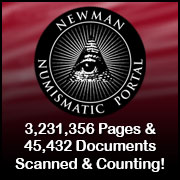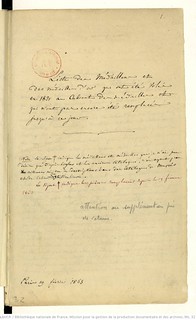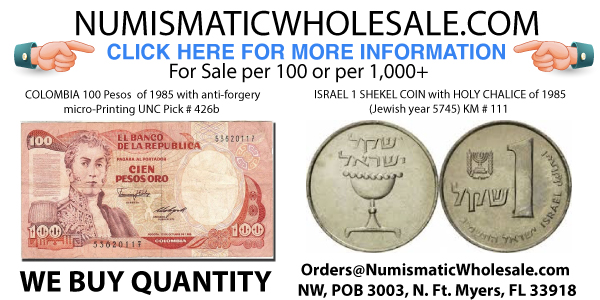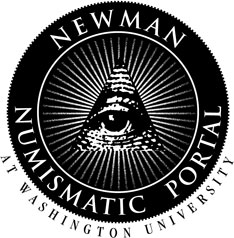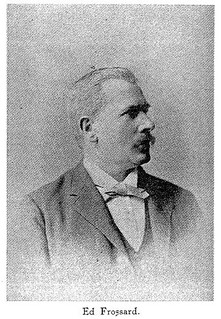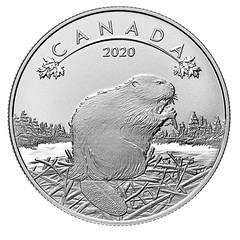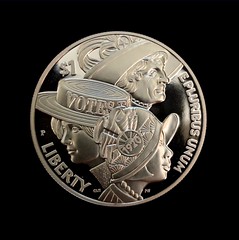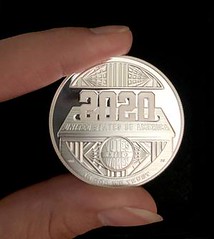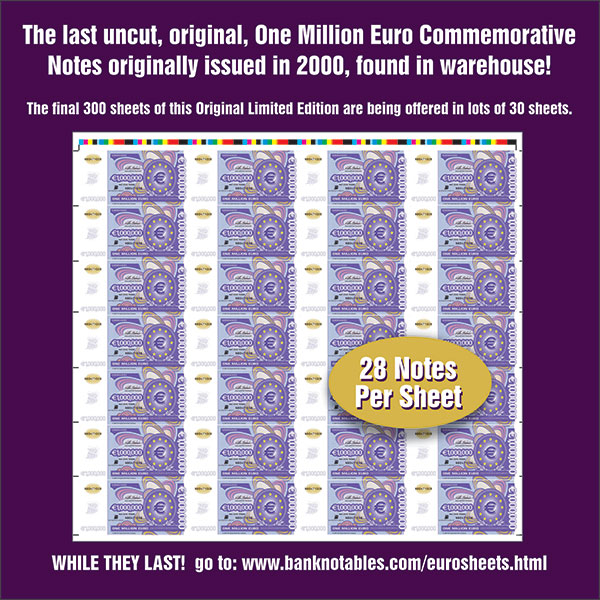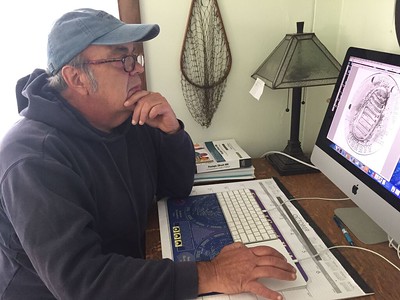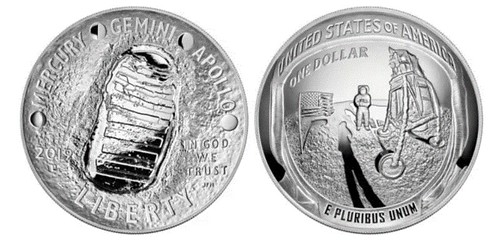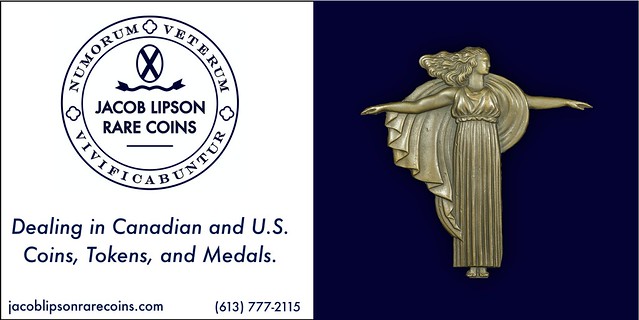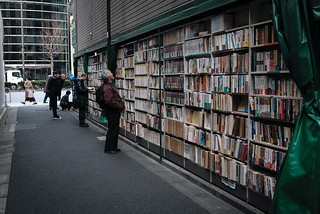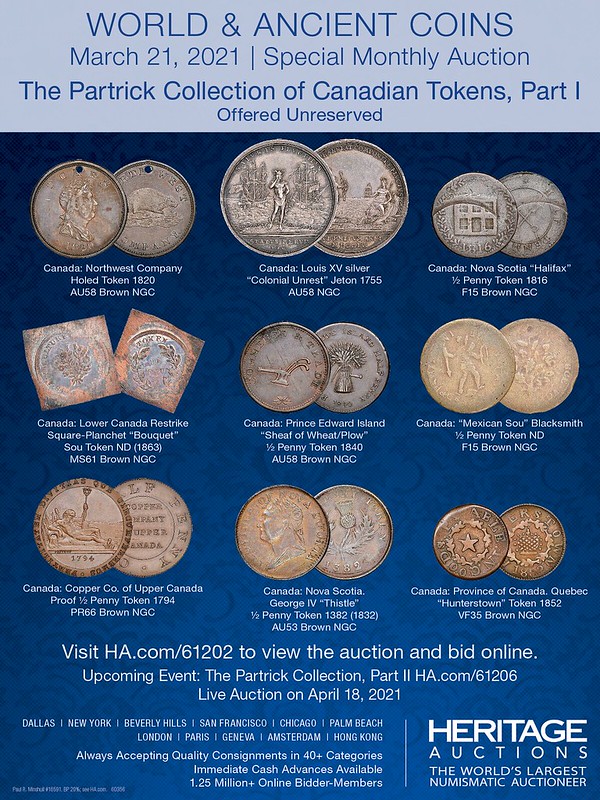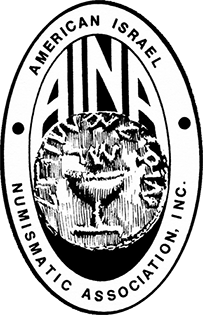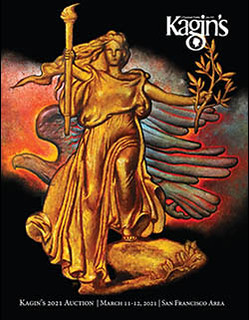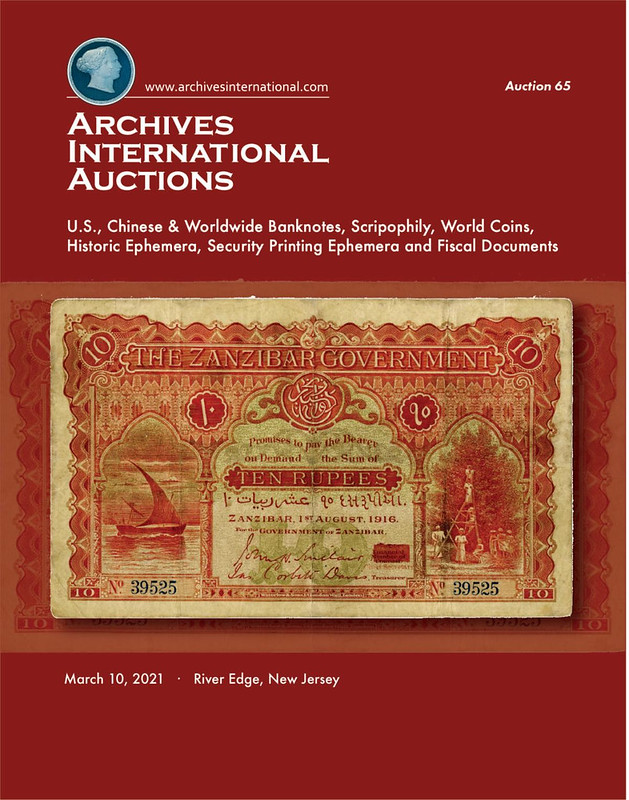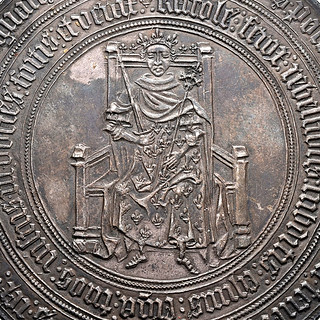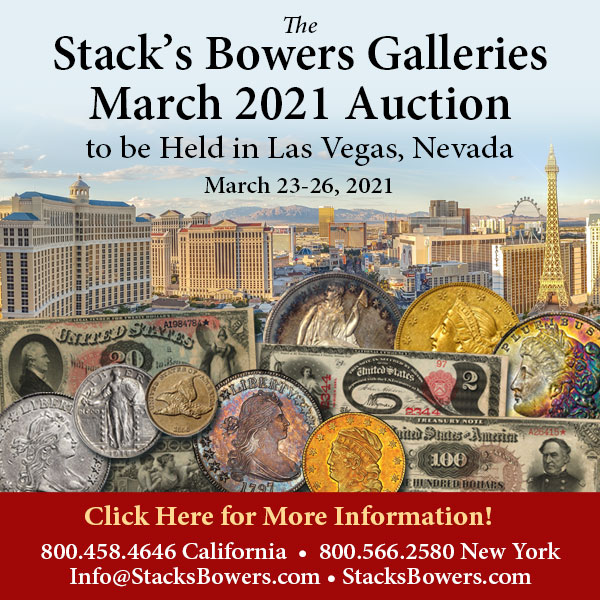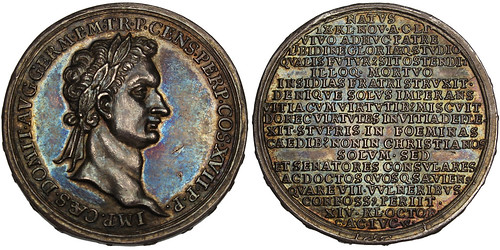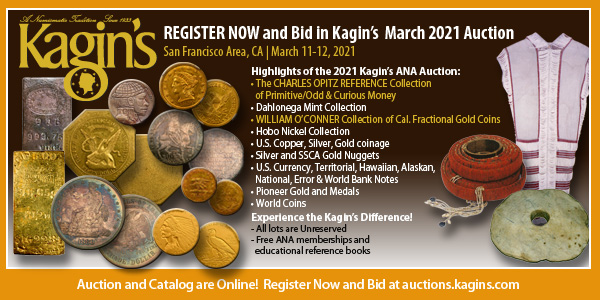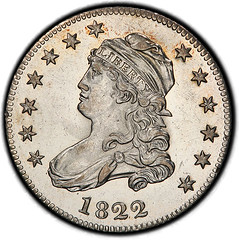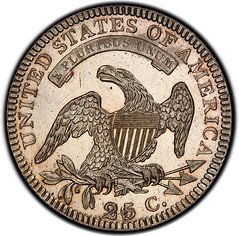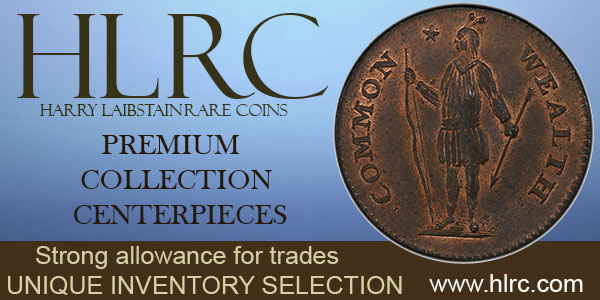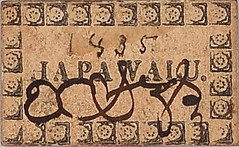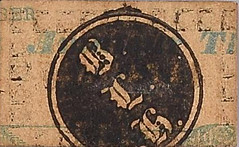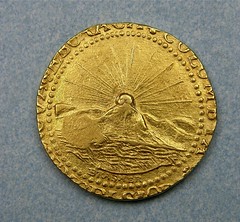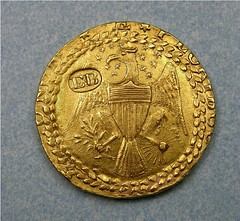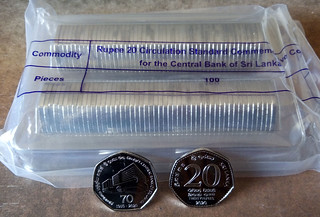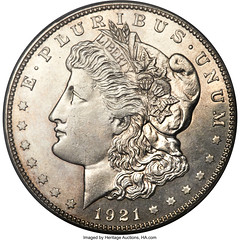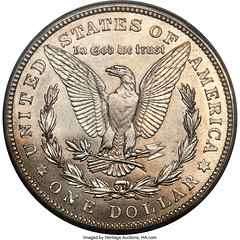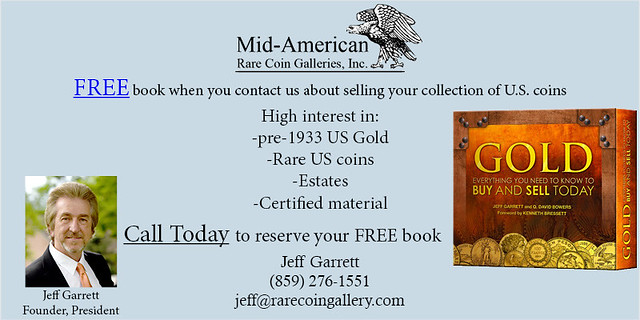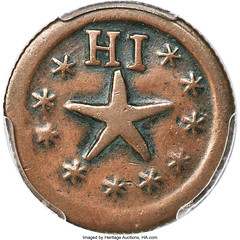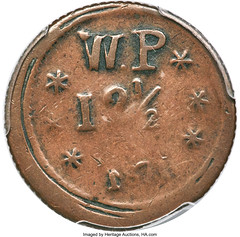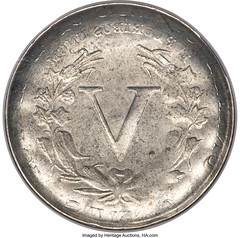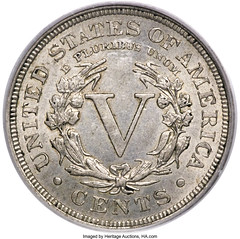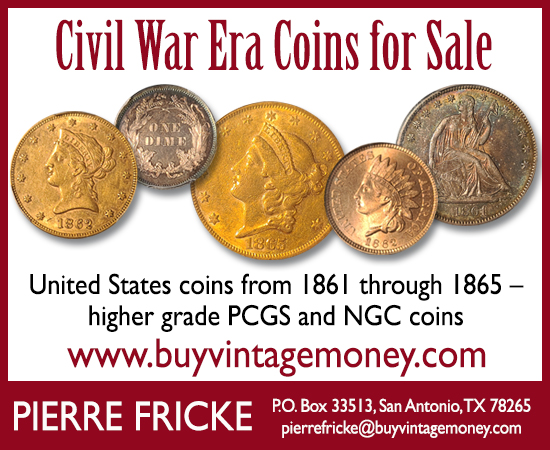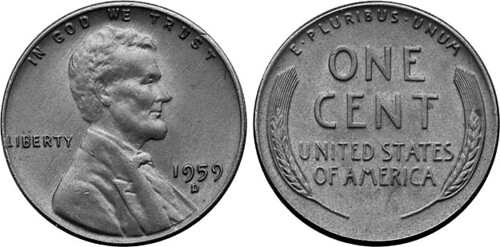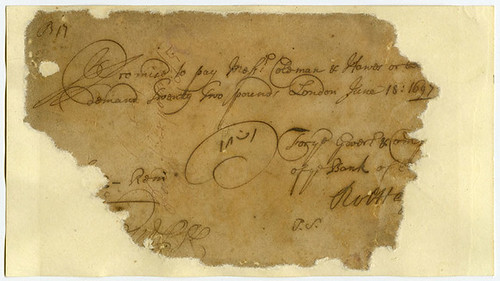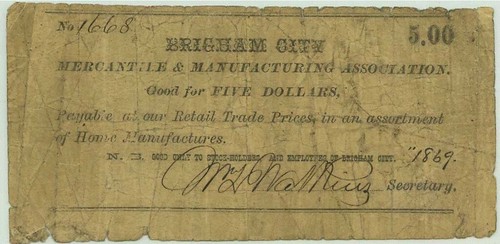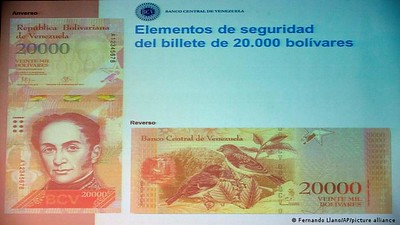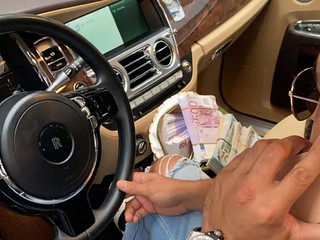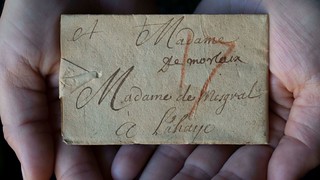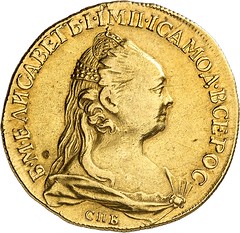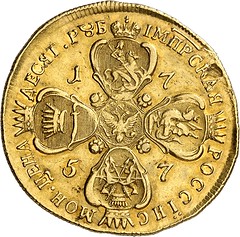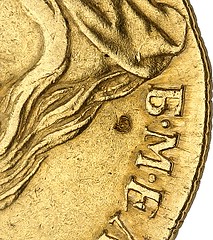
Visit our NBS Sponsors


About UsThe Numismatic Bibliomania Society is a non-profit association devoted to the study and enjoyment of numismatic literature. For more information please see our web site at coinbooks.org SubscriptionsThose wishing to become new E-Sylum subscribers (or wishing to Unsubscribe) can go to the following web page link MembershipThere is a membership application available on the web site Membership Application To join, print the application and return it with your check to the address printed on the application. Print/Digital membership is $40 to addresses in the U.S., and $60 elsewhere. A digital-only membership is available for $25. For those without web access, write to: Charles Heck, Treasurer AsylumFor Asylum mailing address changes and other membership questions, contact Chuck at this email address: treasurer@coinbooks.org SubmissionsTo submit items for publication in The E-Sylum, write to the Editor at this address: whomren@gmail.com BUY THE BOOK BEFORE THE COINSale Calendar |
- WAYNE'S WORDS: THE E-SYLUM MARCH 7, 2021
- NBS BIBLIOTALK PODCAST LOOKS AT WHITMAN
- NEW BOOK: GERMAN EMERGENCY MONEY VOL. 3
- 2021 NNP SYMPOSIUM SCHEDULE ANNOUNCED
- VIDEO: HOUSTON MONEY SHOW COINS & CURRENCY
- MORE ABOUT NOTABLE NUMISMATIC THEFTS
- 1955 PENNYPACKER IRA REED ESTATE SALE
- NOTES FROM E-SYLUM READERS: MARCH 7, 2021
- VOCABULARY TERM: COSTUME JEWELRY MEDAL
- ÉDOUARD FROSSARD (1837/8-1899)
- SUBSCRIBER PROFILE: DR. HELEN WANG
- 2020 CANADA BEAVER COIN DESIGNER JUNE STEUBE
- WOMAN'S SUFFRAGE DESIGNER CHRISTINA HESS
- APOLLO 11 COIN DESIGNER GARY COOPER
- COIN OF THE YEAR: APOLLO 11
- FINDING RARE NUMISMATIC LITERATURE ONLINE
- AINA REMOTE SEMINAR ON JEWISH NUMISMATICS
- KAGIN'S MARCH 2021 EDUCATIONAL PRESENTATIONS
- THE 1455 CALAISIENNE MEDAL OF CHARLES VII
- NUMISMAGRAM SELECTIONS: MARCH 2021
- NUMISMATIC NUGGETS: MARCH 7, 2021
- RARE HAWAIIAN CURRENCY IN KAGIN'S AUCTION
- UNIVERSITY GIVEN COINS SEIZED AT BORDER
- THE UNIQUE BRASHER HALF DOUBLOON
- SRI LANKA TO REPLACE NOTE WITH NEW COIN
- IMITATION SOVEREIGNS & HALF SOVEREIGNS
- ORELL COLORED SCHOOL MEDAL
- 1921 ZERBE PROOF MORGAN DOLLAR
- HAWAIIAN STARFISH PLANTATION TOKENS
- TWO-TAILED LIBERTY NICKEL BROCKAGE
- COUNTERFEITING AND MORMON MURDERS
- 1697 BANK OF ENGLAND NOTE
- MORMON BRIGHAM CITY CO-OP SCRIP
- VENEZUELA ISSUES NEW INFLATION BANKNOTES
- THE INSTAGRAMER'S FAKE BANKNOTE TOSS
- TECHNOLOGY UNLOCKS LOCKED LETTERS
- LOOSE CHANGE: MARCH 7, 2021
Click here to read the thin version on the web
Click here to subscribe
Click here to access the complete archive
To comment or submit articles, reply to whomren@gmail.com
Content presented in The E-Sylum is not necessarily researched or independently fact-checked, and views expressed do not necessarily represent those of the Numismatic Bibliomania Society.
WAYNE'S WORDS: THE E-SYLUM MARCH 7, 2021
 New subscribers this week include:
Tom Yoemans.
Welcome aboard! We now have 6,617 subscribers.
New subscribers this week include:
Tom Yoemans.
Welcome aboard! We now have 6,617 subscribers.
Thank you for reading The E-Sylum. If you enjoy it, please send me the email addresses of friends you think may enjoy it as well and I'll send them a subscription. Contact me at whomren@gmail.com anytime regarding your subscription, or questions, comments or suggestions about our content.
This week we open with a new Bibliotalk podcast, one new book, updates from the Newman Numismatic Portal, notable numismatic thefts, and more.
Other topics this week include the Ira Reed estate sale, costume jewelry medals, Ed Frossard, Helen Wang, coin designers June Steube, Christina Hess and Gary Cooper, the Coin of the Year, online educational presentations, auction previews, Hawaiian tokens and paper scrip, the Brasher Half Doubloon, a colored school medal, counterfeiting and the Mormon murders, Mormon scrip, and Venezuela's new one million bolivar note.
To learn more about Whitman Publishing, German notgeld, the NNP Symposium, 1866 No Motto silver dollars, March of Dimes encased dimes, the Romano Worthy Hoard, Chairman Mao badges, finding numismatic literature online, Hasmonean coins, the Calaisienne medal, To Hanover counters, and one very feisty and determined beaver, read on. Have a great week, everyone!
Wayne Homren
Editor, The E-Sylum
NBS BIBLIOTALK PODCAST LOOKS AT WHITMAN
The latest episode of the Numismatic Bibliomania Society podcast is now available for listening, and features an inside look at the numismatic hobby's largest publisher. Check it out! It's on the NBS web site but also available on Apple Podcasts, Spotify, and elsewhere. Vice-President/Secretary Len Augsburger provided this report. -Editor
NBS Podcast A Look Inside Whitman, with Diana Plattner
Posted
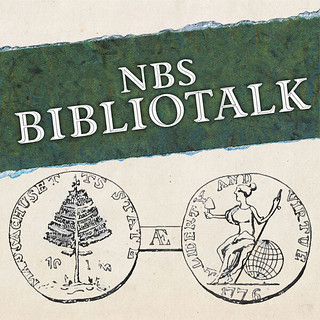 The latest episode of the NBS Bibliotalk podcast,
The latest episode of the NBS Bibliotalk podcast, A Look Inside Whitman, with Diana Plattner
is now available on the NBS website and other popular podcasting platforms such as Buzzsprout. Lianna Spurrier, Bibliotalk producer, interviews Diana Plattner, Senior Editor at Whitman Publishing.
Plattner speaks to the evolution in publishing over the last generation, with digital platforms revolutionizing the industry and the various job functions within the book business. Diana offers a unique viewpoint, having launched and operated her own publishing firm for a number of years before returning to Whitman later in her career. Tune in for this in-depth look at the hobby's largest publishing house.

NEW BOOK: GERMAN EMERGENCY MONEY VOL. 3
The third volume of Anton Geiger's work on WWI-era German emergency money (notgeld) has been published. Here's a Google-translated description from the publisher's website. -Editor
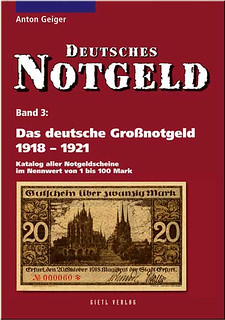 German emergency money, volume 3
German emergency money, volume 3
Anton Geiger
Published by Gietl Verlag
ISBN: 978-3-86646-533-6
Edition: 3rd edition 2010
Illustrations: numerous black and white illustrations
Softcover: 608 pages
Format: 14.8 x 21 cm
With the outbreak of the First World War, there was a shortage of small change coins - due to the fact that these were often made of high-quality materials (gold, silver, etc.) that people wanted to hoard for themselves. Countries, municipalities, cities and companies tried to counter this deficiency by circulating emergency money. Since a tremendous amount of such money was in circulation by 1923, Dr. Arnold Keller - the author of the first catalogs on German emergency money - proposed a classification that is still used today as a classification aid. The major emergency money had become necessary especially from 1918 - there were three phases of issuance that were separated from one another in time. The first large banknotes were needed in the period after the end of the First World War, the large emergency money from 1918 to 1921. This catalog lists emergency money issues from almost 600 issuing offices throughout the German Empire at that time. Above all, it makes its face value of 1 to 100 marks into large emergency money - in contrast to small change notes and the emergency money notes of high inflation. The detailed information on the notes and their variants as well as the updated market-driven reviews make this current edition a must for every collector of German banknotes and the interested layperson.
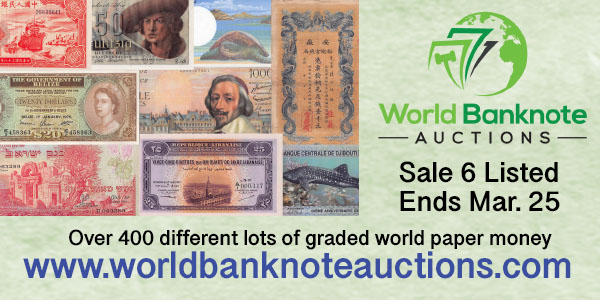
2021 NNP SYMPOSIUM SCHEDULE ANNOUNCED
The second NNP Symposium is nearly upon us. The schedule has been announced, and it's a humdinger. An amazing array of speakers is on tap, with topics all over the numismatic map. Follow the links below to register and review the schedule. Mark your calendars for your favorites! -Editor
NNP Symposium, March 19-21, 2021
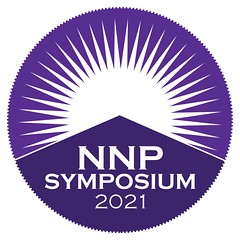 The NNP Symposium returns March 19-21, with a broad array of presentations. This is a free, three-day online event featuring some of the most compelling personalities in numismatics. Of particular interest to NBS members will be Kellen Hoard's presentation
The NNP Symposium returns March 19-21, with a broad array of presentations. This is a free, three-day online event featuring some of the most compelling personalities in numismatics. Of particular interest to NBS members will be Kellen Hoard's presentation Building Your Numismatic Reference Library in 2021,
scheduled for 12PM eastern, Saturday, March 20. Our own Wayne Homren will be leading a panel discussion on The Early Days of Online Numismatics,
with Jim Halperin, George Cuhaj, and Craig Whitford.
Of special note is a four-hour Young Numismatist (YN) block of presentations on Saturday morning, featuring speakers Jonas Denenberg, Garrett Ziss, Kellen Hoard, and Delmar Mineard, Jr. NNP Symposium speakers include Ken Bressett, John Kraljevich, Sarah Miller, John Brush, Shanna Schmidt, and a host of other prominent numismatists. Zoom links for the individual presentations will be forwarded to registrants shortly before the event.
VIDEO: HOUSTON MONEY SHOW COINS & CURRENCY
These are selections from the David Lisot Video Library that feature news and personalities from the world of coin collecting. David has been attending coin conventions since 1972 and began videotaping in 1985. The Newman Numismatic Portal now lists all David's videos on their website at:
https://nnp.wustl.edu/library/multimediadetail/522852
Here's one on interesting coins at the recent Houston Money Show. -Editor
Cool Coins & Currency! Houston Money Show 2021.
VIDEO: 8:47.
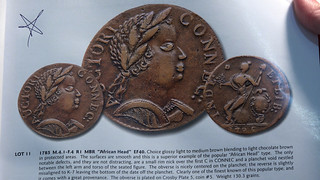 David Lisot, Interviewer, CoinTelevision.com with Lucas Baldridge, Matthew Burek, Pierre Fricke, Trent Schwartz, and Wade Spencer. January 23, 2021.
David Lisot, Interviewer, CoinTelevision.com with Lucas Baldridge, Matthew Burek, Pierre Fricke, Trent Schwartz, and Wade Spencer. January 23, 2021.
David Lisot goes around at the Houston Money Show to talk to the dealers and collectors who have bought or purchased some ‘cool coins and paper money. Each participant offered specific advice how to buy coins. Some of the items shown include a 1901 Barber Half Dollar XF45, Connecticut Large Cent African Head
EF 40, 1787 Connecticut Muttonhead
, 1787 Connecticut Breen Plate Coin EF40, 1861 $10 Demand Note PMG VF20, and an 1834 Classic Head $2.5 PCGS MS64.
An excerpt of the video is available for viewing on the Coin Television YouTube Channel at:
https://youtu.be/Jc1dsSUxm4I



